It all started in 1970, where Gary Anderson, a college student designed a simple symbol for a contest on recycling symbols. He drew a simple triangle and made it a logo. This triangle is now a universally accepted symbol for products that are built from other recycled products, or the ones that are recyclable. A vast spectrum of symbols followed this simple but succinct triangle, and some of them are equally meaningful too.
Three arrows surrounding a number point towards the fact that the material that you are looking at is a kind of a plastic resin that is recyclable. Seven different types of recyclable plastics carry this symbol, making it a little tricky for amateur symbolists. So, here’s a crisp and brief guide to some of the most observed plastic recycling symbols across the world:
1. PETE (Polyethylene Terephthalate)

The first symbol is PETE. You will usually find this symbol on most bottles containing either water or soda. Although considered safe by most of its users, this recycled plastic is well-known for its tendency to allow bacteria to gather around it. This plastic has been recycled from soda bottles, mouthwash bottles and beer bottles into tote bags, carpet and furniture.
2. HDPE (High Density Polyethylene)
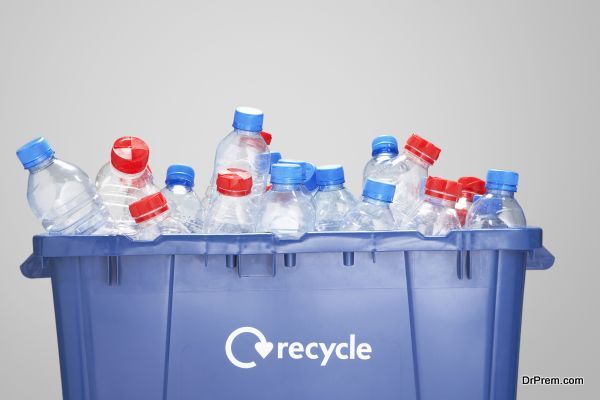
This symbol is found on one of the three plastics that are considered safe. There is a high chance that this symbol is found on pens, benches, fencing, and also on some recycling containers. If you want to know the original products that contained this plastic, then you can have a good look on your milk jugs, butter tubs, shampoo and detergent bottles.
3. LDPE (Low Density Polyethylene)

Chances are, you are looking at this symbol on the objects that are a part of your day-to-day life, such as shopping bags, frozen food containers, bread bags and food wraps. Earlier ignored by curbside recycling communities, this plastic is currently being accepted by some programs as it is one of the three plastics considered to be safe. This type of plastic is recycled into trash cans, floor tiles and compost cans.
4. PP (Polypropylene)
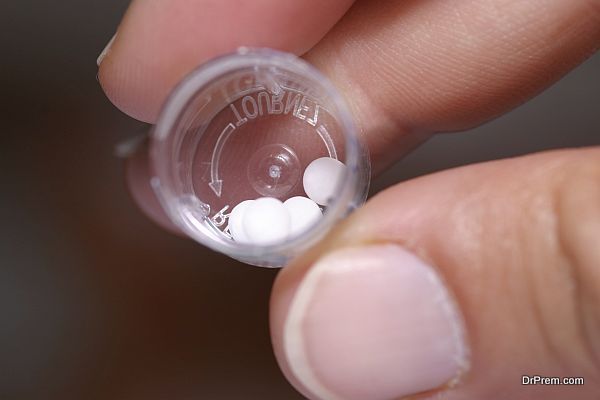
This plastic is usually found in medicine bottles and ketchup bottles. Being one of the safest plastics out there, this plastic is recycled into ice scrapers, brooms and bicycle racks.
5. PS (Polystyrene)
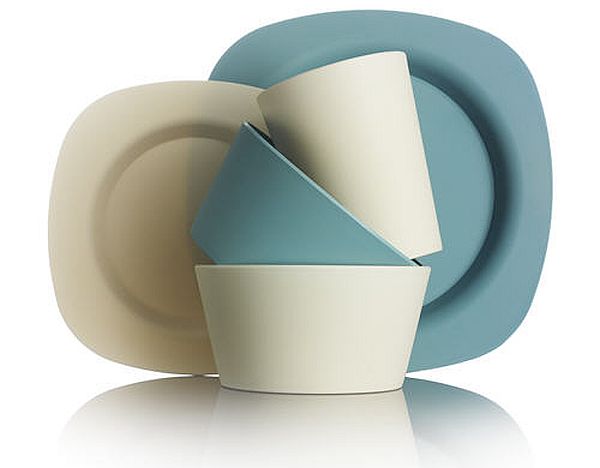
This plastic is practically Styrofoam, and hence , extremely difficult to recycle. This difficulty also means bad news for the environment. This plastic poses a potential health risk. Originally found in CD cases, egg cartons and disposable utensils, it is recycled into foam packagings, egg cartons and vents.
6. Aluminium Recycling Symbol
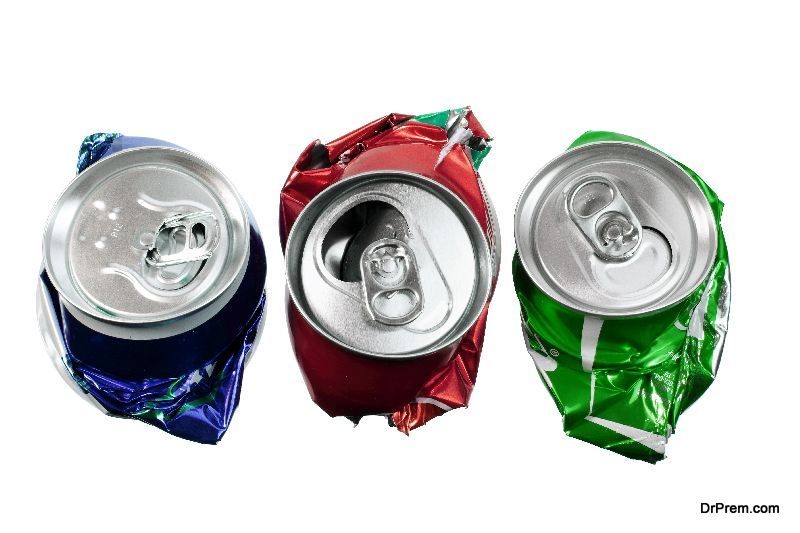
This is just one recycling symbol for aluminium. There are many more. Anyone who is an active part of any environmental movement will tell you why this symbol is so popular nowadays. Aluminium recycling is nothing short of a success story. The fact that in numerous places across the globe, more that 95% of aluminium ends up being recycled, shows why this symbol is so significant.
7. Paperboard Recycling Symbol
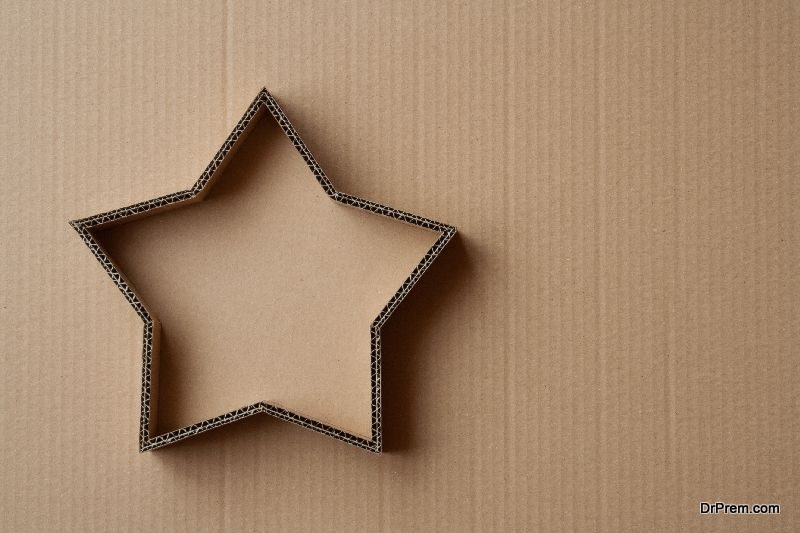
This symbol is used by The Recycled Paperboard Alliance to indicate paperboard containing 100% recycled content. You will find this symbol printed on most of the cereal boxes in your kitchen. If you are wondering how much recycled paperboard came from the consumer sources, as against the industrial ones, all you need to do is look at the number below the symbol. It is that easy!
8. Glass Recycling Symbol
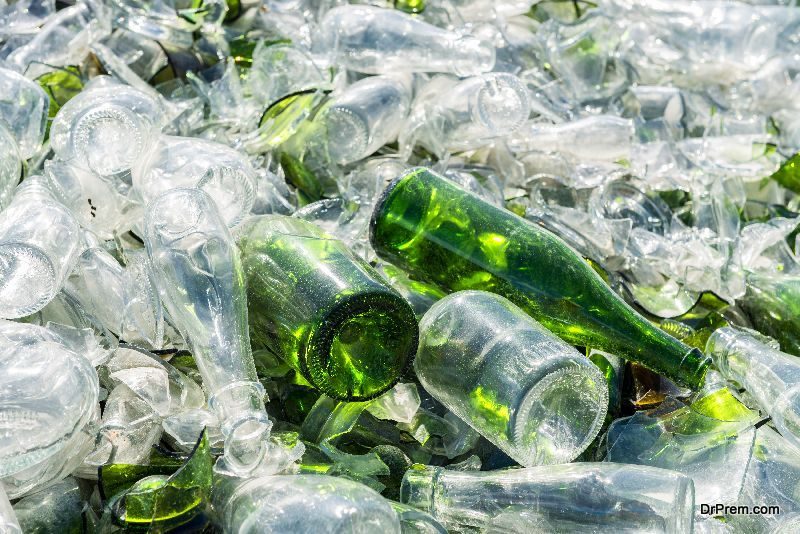
This symbol is the gift of the Glass Packaging Institute. The Institute developed the symbol to encourage more and more glass recycling. Every glass that has this symbol can be recycled. Glasses that don’t carry this symbol can also be recycled.
Conclusion
With so many environmental concerns occupying our minds recently, you cannot deny the significance of these recycling symbols. They are symbols of an ecologically sound future. Now, whenever you spot these symbols on any object, you know how, when and where they will be recycled. These recycling symbols will enable to bust the myths and misconceptions about recycling and make informed decisions, leading us to a future where we are indeed a part of nature.



